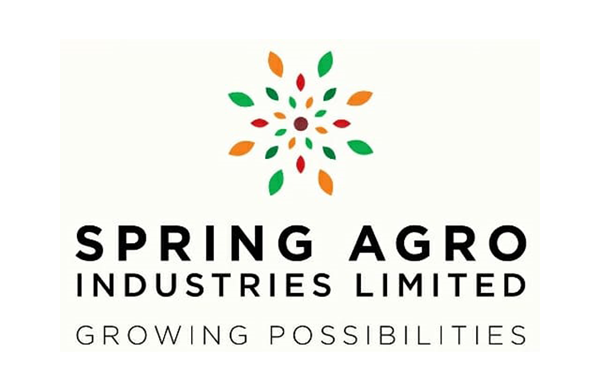Maize (Zea mays L.) cultivation in Ghana has been ongoing for centuries. After its introduction in the late 16th century, it got established as an essential staple crop in the southern part of Ghana. Maize is the most widely produced and consumed cereal crop in Ghana and maize production has seen increasing trend since 1965 (Morris et al., 1999; FAO, 2008).
Maize production is worldwide and has been a staple food for most people in the different parts of the world. There are no known toxins reportedly associated with the genus Zea of which maize belongs (IFBC, 1990). Maize is a major source of calories provider in Ghana, and report indicated that it has nearly replaced sorghum and pearl millet as traditional staple crops in northern Ghana (SRID-MoFA, 2011). The average yearly maize production was reported to be 1.5 million MT between MY 2007 and 2010 (Rondon and Ashitey, 2011) with an average yield of about 1.7 t/ha (SRID-MoFA, 2011). Maize accounts for over 50% of the total cereal production in Ghana, and annual yields have been reported to be growing around 1.1% (IFPRI, 2014).
The per capital consumption of maize in Ghana in 2000 was estimated at 42.5 kg (MoFA, 2000) and an estimated national consumption of 943000 Mt in 2006 (SRID-MoFA, 2007). One million metric tons of maize is reported to be marketed annually in Ghana. A very large quantity of maize grains produced remains within households of producers as a primary staple food (Gage et al., 2012).
